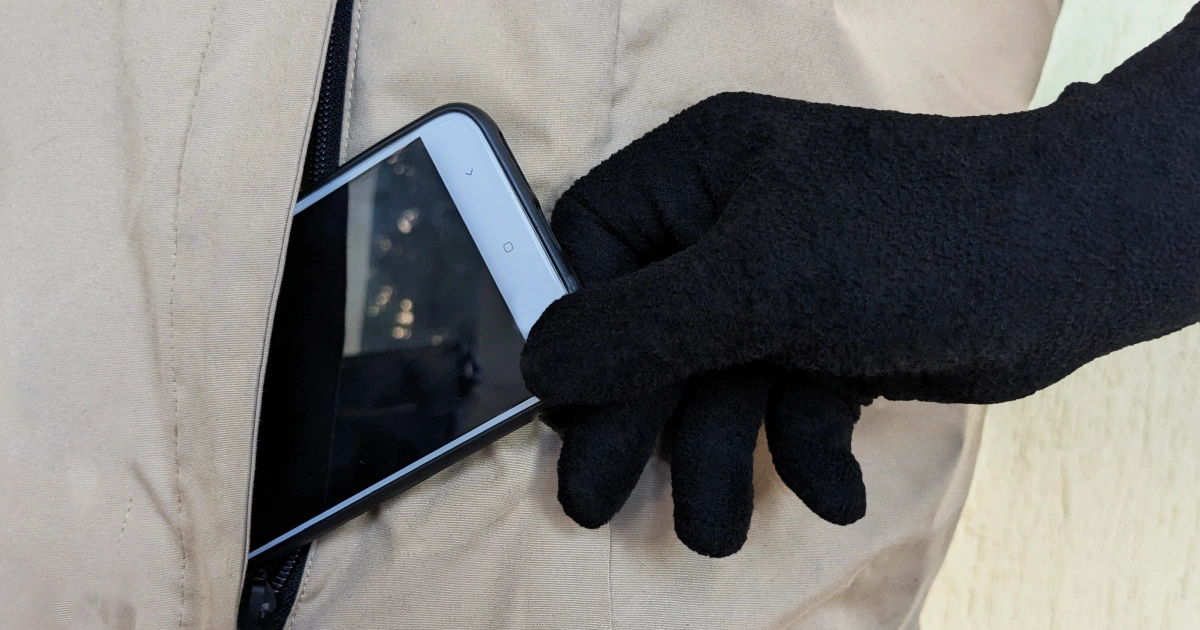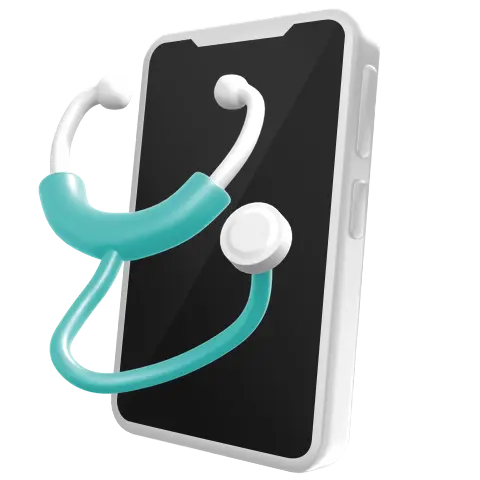What is the most dangerous thing about buying a used phone? Overpay? Stumble upon a defective product? Not really. Perhaps the worst thing that can happen to you as a mobile retailer is the purchase of a stolen or blacklisted device, or a device on which any personal data of the previous owner remains. In these cases, you are threatened not only with the loss of money spent on the phone but also with more serious consequences up to criminal liability.
Why is it dangerous to buy a stolen phone?
According to the results of a survey conducted by IDG Research on behalf of Lookout cell phone security software company, every tenth smartphone owner in the United States becomes a victim of phone theft. It is logical that in this case a lot of stolen devices get into the secondary market. Why is it dangerous to buy such a phone?
First, the previous owner has probably already contacted the police and is looking for his device. Chances are you won't be excited when you have to return a phone you've just bought if the rightful owner calls. And obviously, you will not be happy if suspicions of theft fall on you.
Secondly, the stolen phone is most likely blacklisted, which means that the provider can block the phone in their network.
To help you minimize the risks for your business, we've put together a list of things to look out for. Keep these red flags in mind when buying and teach your workers how to buy safely.

Diagnostics of the phone for theft
First of all, pay attention to the reputation of the seller. In case of the slightest doubt, don't take risks and choose a more expensive, but proven and safe option. How to identify an unreliable seller of used phones? Product description may be incomplete or blurry. Especially if it is used to identify the product, such as a description of the appearance or pictures showing the condition. Be sure to choose products with detailed description and reputable seller profiles.
Phone IMEI check for theft
Once you've found a reseller you can trust, check out International Mobile Equipment Identity (IMEI).
The phone's IMEI is a 15-digit number printed on the box and often duplicated on the device's battery. Also, to check the IMEI, you can go to the device information in the settings or dial IMEI number check code *#06#.

What info can IMEI show?
- When the device was turned on the last time
- Is there a warranty and how long is it
- The gadget model, memory size, color
- If the device was stolen or lost
After a phone is marked as stolen, the IMEI is tagged. As soon as the device turns on, it will immediately register on the network. Also In such cases, the phone may be disabled by the service provider. So be sure to manage the phone IMEI number checks.
In addition to the IMEI number, stolen phones have a few common red flags. If the new SIM does not activate, this is a warning sign. While none of these things are a clear sign of theft, phones with these qualities should be suspicious.

Diagnostics of phones in bulk for theft
When buying phones in bulk, even from a reliable seller, you can rarely be 100% sure of the quality of each item. To avoid unpleasant consequences, it is better to test all devices on your side. Checking each unit for theft manually is inconvenient and inefficient. This is where special smartphone diagnostic software lends a helping hand. With NSYS Diagnostics you don't have to worry about the fact that the devices you buy may be stolen, as well as people who later buy phones from you.
Our phone diagnostic tool will show you all the information about the device and provide quality certificates, to relieve your customers of pre-purchase hesitation and give you a competitive edge.
Apply for a demo right now to find out more information.
Read our guide for retailers on how not to buy a stolen or lost phone.








